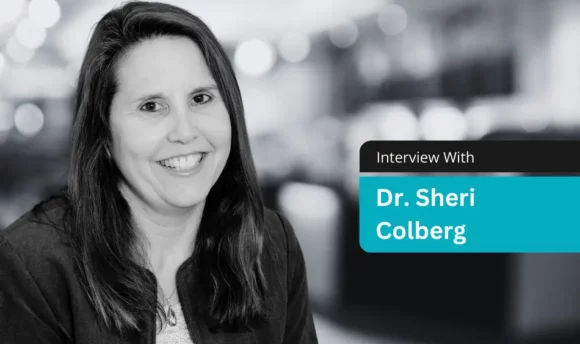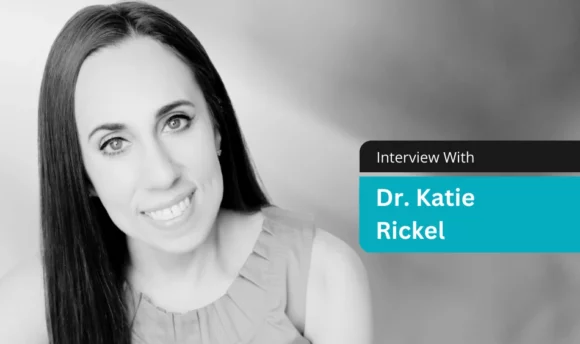Decoding the Mystery of Aging: From Fresh Statistics to Innovative Practices

While there is no shortage of advice on how to look and feel younger, have you ever stopped to consider the underlying mechanisms of aging? Understanding the science behind aging is crucial for maintaining a youthful body and mind.
From the latest research to lesser-known techniques, this article is your ultimate guide to combating aging.
Aging Demystified: Are You Sure You Know What It Is?
The thing is, the answer remains elusive even for scientists.
Some experts believe that aging is a process caused by cellular and molecular changes.1 Others propose that it’s a complex interplay of psychological and social factors or a breakdown in control mechanisms.2, 3
Most scientists agree that as we age, changes accumulate, and our susceptibility to disease and death increases.4 They are sure that aging is not random, and our actions and behavior shape our health when we become older.
With each passing day, we are edging closer to a future where the average lifespan extends well beyond 100 years.5 But before we get too caught up in the hype, let’s take a step back and examine the present state of aging in our society.
The great news is that we can control and shape much of our body’s destiny.
Healthy Aging in the US: Surprising Statistics and Facts
In 2022, DoFasting released a comprehensive study on the state of healthy aging in the US.6
The latest Healthy Aging Index is a measurement tool that assesses the overall well-being of older adults. It is defined by 5 categories: healthcare, mental health, behavioral aspects, demographics, and economics. Also, it helps identify areas where improvement is needed.
One of the key findings from the study is the rating of healthy aging around US states:
Highest-ranking states for healthy aging
- Utah
- Colorado
- Massachusetts
- Connecticut
- Minnesota
- New Jersey
- California
- Washington
- Hawaii
- New York
Lowest-ranking states for healthy aging
- Mississippi
- West Virginia
- Louisiana
- Kentucky
- Alabama
- Arkansas
- Tennessee
- Oklahoma
- New Mexico
- South California
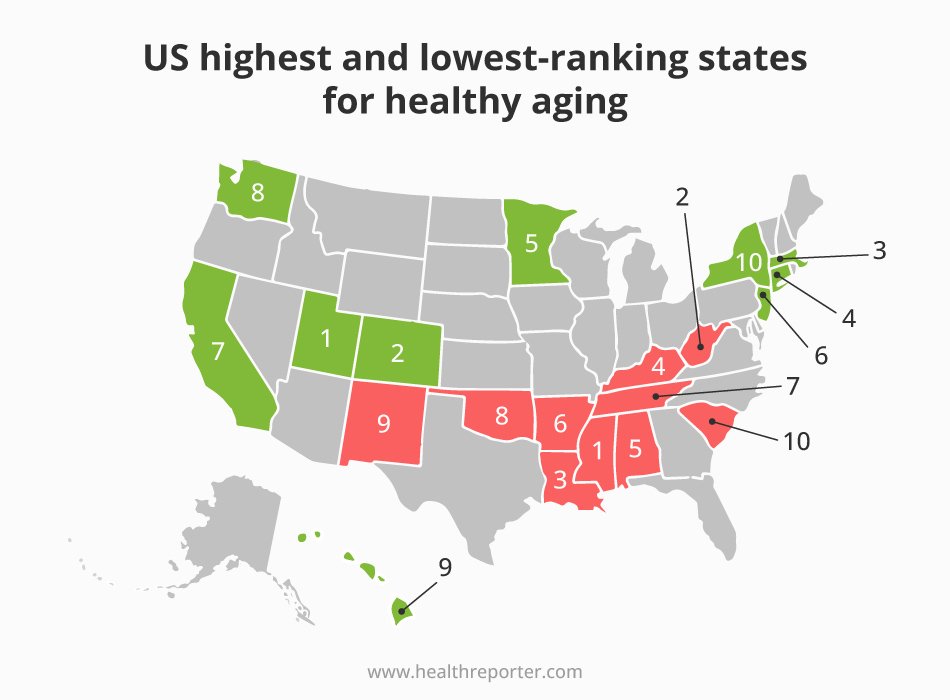
Health Reporter researched the data from the study and uncovered some intriguing facts:
- In 2022, out of the top 6 states for healthy aging, 50% were also among the wealthiest states in the country. This highlights the ongoing issue of equitable access to medicine for all Americans.
In the US, disparities in healthcare access are closely linked to economic inequality. People living in low-income areas may not have easy access to top hospitals and advanced medical technology.
- States with the lowest rankings for healthy aging often have early retirement ages, typically between 61 and 63.
Other studies prove that those who continue working remain active and stay socially connected.7 They have a higher likelihood of maintaining good health and avoiding negative outcomes.
- The 5 states with the lowest rankings for healthy aging also have the highest percentage of smoking adults, at around 20%. This emphasizes the importance of addressing this risk factor for healthy aging.
- The 5 highest and 5 lowest ranking states have similar rates of alcohol consumption – about 2.3gal, with Utah being the exception. So, the correlation between alcohol consumption and healthy aging may not be as strong as previously thought.
- Healthy aging is not solely determined by healthcare quality. 40% of the top 5 states for healthy aging also rank among the states with the worst healthcare.
Anti-Aging Tips Beyond the Basics
While healthcare is important, it is not the only factor in longevity. Adjusting your lifestyle can increase your chances of living a longer, healthier life. To spice up your anti-aging routine, Health Reporter collected some effective and unexpected ways to do so.
#1 Brain aging triggers body aging
The aging process of the brain and body are closely interrelated, influencing one another.8
In our younger years, the brain experiences significant growth, reaching almost full maturity by age 6. As we reach our mid to late thirties, the brain begins to shrink.
Certain cognitive functions, such as memory, may start to decline. This decline in brain function initiates a domino effect of aging throughout the rest of the body.
The aging process in the brain can result in various changes, leading to physical declines, such as:9
- Shrinkage of certain brain regions
- Accumulation of certain proteins
- Reduction in neuroplasticity
To delay this process, it is crucial to maintain an active brain through cognitive training and stimulation. Here are some simple but effective tips from Rosmy Barrios, MD:
- Make a new route home
- Play crossword puzzles and other word games like Scrabble
- When visiting a new place, draw it from memory in the form of a map
- Wash dishes, sort laundry, or take a shower with your eyes closed
- Memorize phone numbers
- Start learning a new foreign language
- Eat with chopsticks
- Count in your mind, not with a calculator
- Meditate
- Start playing a new musical instrument
- Visualize what you want to memorize
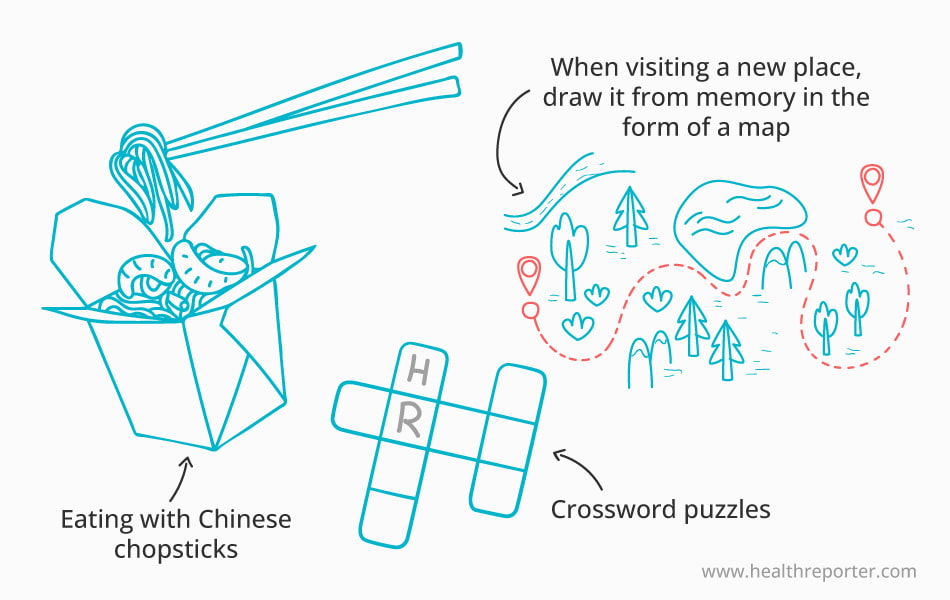
Those activities will challenge the brain, foster the development of new neural pathways, and enhance cognitive abilities.
#2 Discovering the trendy anti-aging product – nicotinamide mononucleotide (NMN)
Imagine a world with a supplement that could turn back the hands of time and slow down the aging process. Is it possible? Maybe, because that’s what the growing trend in NMN supplements is promising.
As we age, NAD+ production decreases. It is a molecule that is found in cells and is important for energy production and many other cellular processes.10
By 40, NAD+ level is reduced by 50% and by 60 – 80%. This directly affects the body’s aging since the decrease in coenzymes is connected to age-related diseases.
NAD+ is crucial for several body functions, such as:
- Regulating circadian rhythms
- Breaking down nutrients
- Slowing aging
To maintain healthy levels of NAD+, you need NMN. These are improved forms of vitamin B3, which significantly compensate for the lack of NAD+ in the body.11
Several studies have shown positive results in treating age-related issues with NMN supplementation.12, 13 It also helps alleviate diabetes, fatty liver disease, obesity, and Alzheimer’s.14
NMN is not an alien to our body. It is found in breast milk, as well as in avocados and broccoli. However, it is impossible to obtain NMN in the required dosage naturally. To reach the daily NMN dosage of about 125mg, you would have to eat around 300 avocados.15
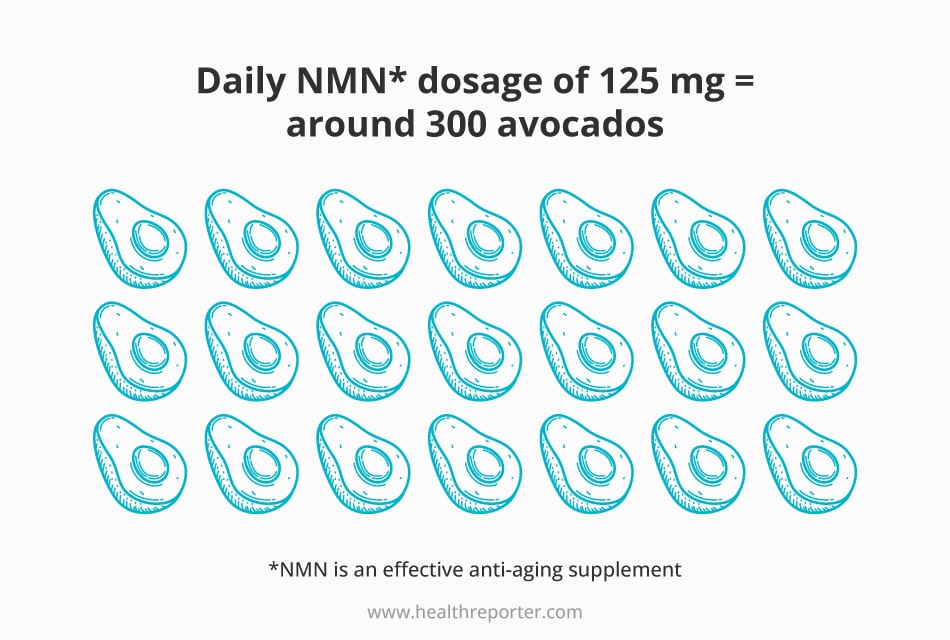
You need NMN inputs from outside to achieve an anti-aging effect. For example, you can ingest relevant food supplements – their number on the market is constantly increasing. By the end of 2027, the global market for NMN will reach $386 million.16
Before using NMN, be sure to consult with your therapist.
#3 Activating autophagy and other benefits of fasting
Autophagy is a natural process where the body gets rid of damaged cells and parts and turns them into new, healthy cells.17
This process doesn’t work properly as we age, leading to health problems like cancer. But when it works well, it keeps our body healthy and young.
Triggering autophagy helps clear out damaged mitochondria and energizes cells.18 One way to boost autophagy is by taking breaks from eating, also known as intermittent fasting (IF).19
IF is a pattern of alternating between periods of eating and fasting. It has no restriction on specific foods but rather on the timing of consumption. When the body is in a state of starvation, cells start producing their energy and break down old proteins for fuel.20
Yet, be careful: an imbalance in autophagy is linked to cancer.21 As cellular debris accumulates, DNA errors may occur, leading to cancerous cells.
Activation of autophagy is far from the only benefit of fasting. In Silicon Valley, a community of biohackers follows the Monk’s Fast method. It involves 36 hours of fasting while consuming only water.22 According to advocates of IF, it can boost not only autophagy but also the immune system and enhance productivity.23
Moreover, scientists have found that not eating for 24 hours can make the cells in our gut younger.24 Other researchers have identified 30 new compounds that are produced during fasting and have a positive impact on health.25
How are these magical effects achieved? We asked our medical expert Rosmy Barrios:
Scientists believe that when food is restricted, the metabolism slows down and leads to less “wear and tear” on the body. Yet, I suggest another explanation – in my opinion, fasting turns off the genetic program of aging.
In normal circumstances, the body ages as part of the evolutionary process. During times of famine, the body prioritizes survival over evolution. So, it turns off the aging process to conserve energy and focus on finding food. Once the food is available again, the aging process will turn back on.
And Finally: Remember That Aging Is Beautiful
Those methods are the latest research on how to slow down aging, which has already proven to be effective. Today’s and tomorrow’s basic anti-aging strategies are all the same: a healthy lifestyle, conscious nutrition, daily physical activity, and the right mindset.
If you’re concerned about your health, take care of it. If you fear losing your professional demand in old age, invest in another profession. If you fear remaining lonely, form extensive social connections.
While aging may come with its own challenges and fears, it also holds unique advantages. In adulthood, the brain is better at distinguishing the important from the secondary.26 We enjoy our relationships with loved ones more, and employees 50+ make fewer mistakes than younger workers.27, 28
For sure, this does not mean that you should put on rose-colored glasses and ignore changes in your body. Keep things simple – avoid hypnotizing yourself with numbers.
You may no longer be able to score a ball far, but this should not be a reason to give up your favorite things. Instead of running long distances, adjust the goal a little closer — switch to race walking.
Sources
- Molecular and Cellular Mechanisms of Aging and Age-related Disorders:
https://www.ncbi.nlm.nih.gov/pmc/articles/PMC6073633/` - Behavioral and Psychological Factors and Aging:
https://www.nia.nih.gov/about/aging-strategic-directions-research/goal-behavioral-psychological-factors - A synopsis on aging—Theories, mechanisms and future prospects:
https://www.ncbi.nlm.nih.gov/pmc/articles/PMC5991498/ - A synopsis on aging—Theories, mechanisms and future prospects:
https://www.ncbi.nlm.nih.gov/pmc/articles/PMC5991498/ - Human lifespan could soon pass 100 years thanks to medical tech:
https://www.cnbc.com/2019/05/08/techs-next-big-disruption-could-be-delaying-death.html - 2022 Healthy Aging Index:
https://dofasting.com/healthy-aging-index-2022/ - Working later in life can pay off in more than just income:
https://www.health.harvard.edu/staying-healthy/working-later-in-life-can-pay-off-in-more-than-just-income - Aging and the brain:
https://www.ncbi.nlm.nih.gov/pmc/articles/PMC2596698/ - Aging of the brain:
https://pubmed.ncbi.nlm.nih.gov/11869738/ - NAD+ therapy in age-related degenerative disorders: A benefit/risk analysis:
https://pubmed.ncbi.nlm.nih.gov/31917996/ - Nicotinamide mononucleotide (NMN) as an anti-aging health product – Promises and safety concerns:
https://www.ncbi.nlm.nih.gov/pmc/articles/PMC9039735/ - To Evaluate the Efficacy and Safety of NMN as an Anti-ageing Supplement in Middle-Aged and Older (40-65 Years) Adults:
https://clinicaltrials.gov/ct2/show/NCT04823260 - The Impacts of Short-Term NMN Supplementation on Serum Metabolism, Fecal Microbiota, and Telomere Length in Pre-Aging Phase:
https://www.frontiersin.org/articles/10.3389/fnut.2021.756243/full - The Science Behind NMN-A Stable, Reliable NAD+Activator and Anti-Aging Molecule:
https://www.ncbi.nlm.nih.gov/pmc/articles/PMC7238909/ - Nicotinamide Mononucleotide (NMN) Uses & Dosage:
https://supplements.selfdecode.com/blog/nicotinamide-mononucleotide/ - Recent research into nicotinamide mononucleotide and aging:
https://www.nature.com/articles/d42473-022-00002-7 - Autophagy: cellular and molecular mechanisms
https://pubmed.ncbi.nlm.nih.gov/20225336/ - Autophagy and aging:
https://pubmed.ncbi.nlm.nih.gov/21884931/ - System-wide Benefits of Intermeal Fasting by Autophagy:
https://www.ncbi.nlm.nih.gov/pmc/articles/PMC5718973/ - Intermittent fasting: the science of going without:
https://www.ncbi.nlm.nih.gov/pmc/articles/PMC3680567/ - The Roles of Autophagy in Cancer:
https://www.ncbi.nlm.nih.gov/pmc/articles/PMC6274804/ - Health nuts from Hugh Jackman to Tim Ferriss are trying ‘intermittent fasting’ – the dieting fad that lets you eat anything:
https://www.businessinsider.com/intermittent-fasting-how-does-it-work-2017-2 - Health Benefits of Fasting and Caloric Restriction:
https://pubmed.ncbi.nlm.nih.gov/29063418/ - Fasting boosts stem cells’ regenerative capacity:
https://medicalxpress.com/news/2018-05-fasting-boosts-stem-cells-regenerative.html - Fasting ramps up human metabolism, study shows:
https://www.eurekalert.org/news-releases/812219 - Structural brain development between childhood and adulthood: Convergence across four longitudinal samples:
https://www.ncbi.nlm.nih.gov/pmc/articles/PMC5035135/ - Harvard Second Generation Study:
https://www.adultdevelopmentstudy.org/ - Employers’ age-related norms, stereotypes and ageist preferences in employment:
https://www.emerald.com/insight/content/doi/10.1108/IJM-10-2018-0358/full/html

















































 Select your language:
Select your language: 





